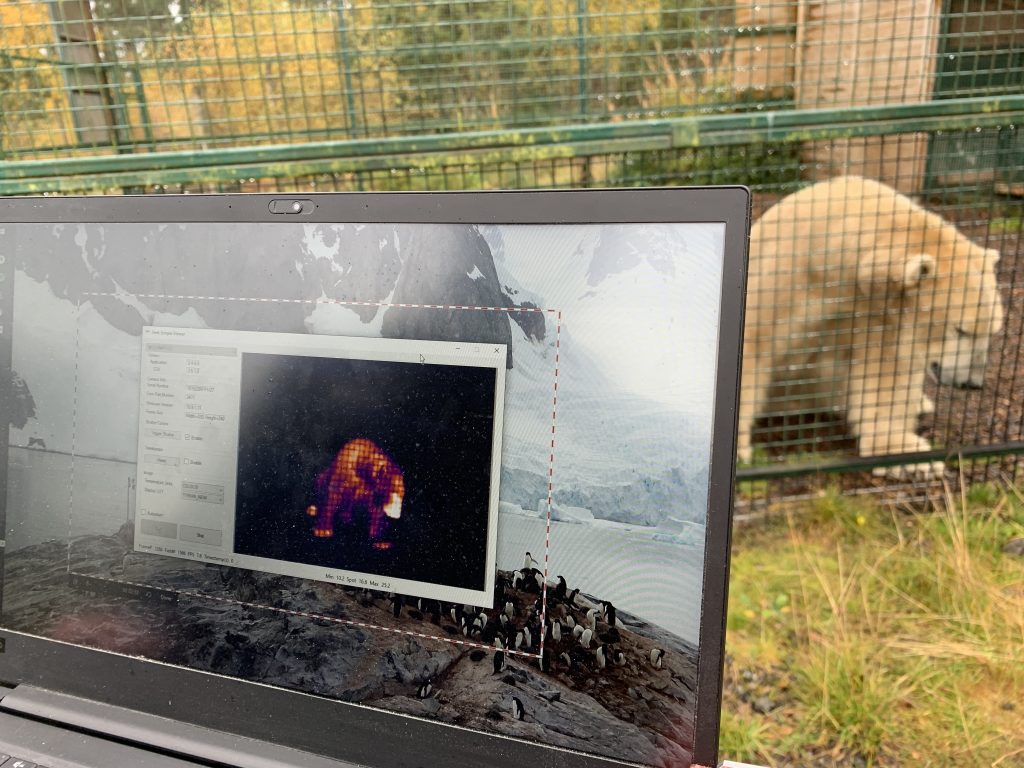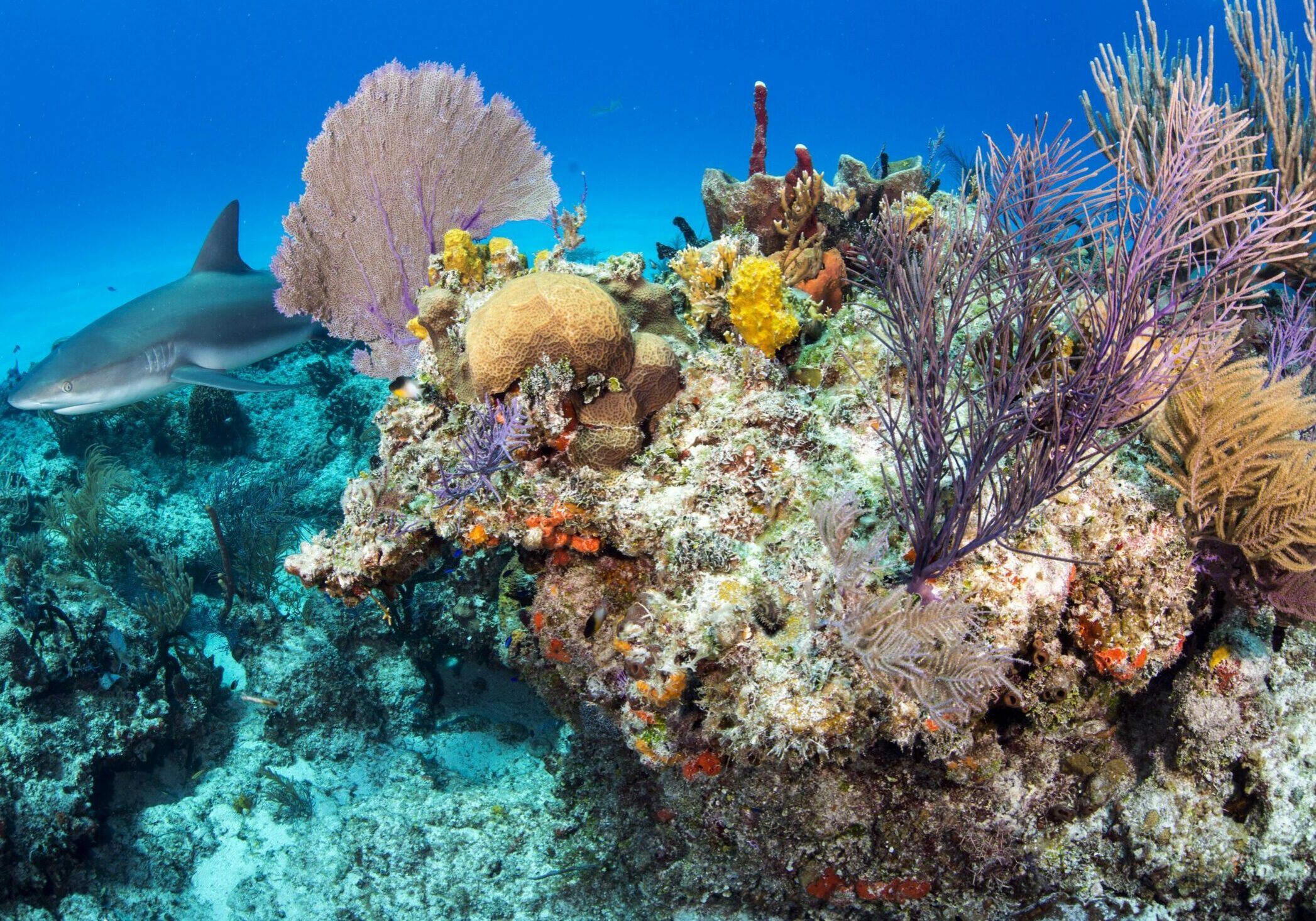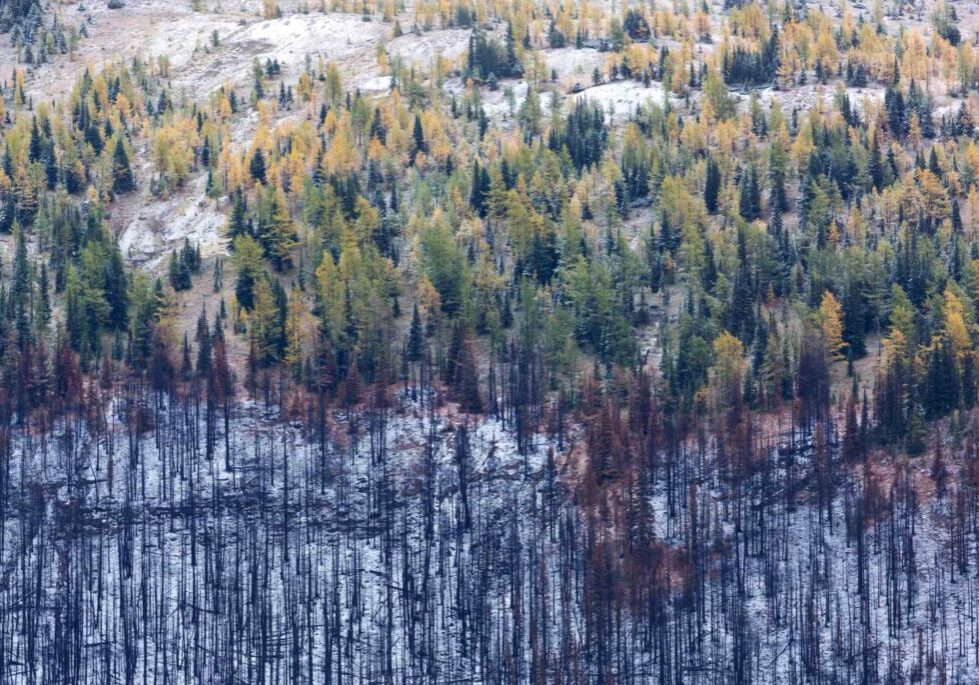Polar bears are magnificent animals but not the easiest neighbours. We’ve worked with Arctic communities and governments for over a decade to mitigate the risks to bears and people. As global warming heats the Arctic and melts their habitat, polar bears are coming into closer contact with people than ever before. Bears scavenging for food near settlements can be a danger to residents.
In 2018, we began testing cost-effective thermal-camera technology in Ittoqqortoormiit in Greenland, where the Inuit people are frequently visited by polar bears. The infrared sensors provide a warning system by distinguishing approaching bears from other animals – including Arctic foxes and dogs – using body heat.
Thermal-imaging technology is continually evolving, and things have moved on a lot since then. Our partners are now testing cameras with three times the resolution of our early prototype. They cost less than previous models, and can detect polar bears at greater distances – despite being as small as a matchbox!
Technologist Alasdair Davies has been ‘teaching’ the new infrared camera system to recognise typical bear movements with the help of the polar bears at Highland Wildlife Park in Scotland.
“Our aim is to collect thousands of thermal photographs of polar bears to ‘teach’ the camera what a polar bear looks like, from every conceivable angle, in every pose and stance, in different temperatures and at varying distances,” he explains. “Once the camera can confidently detect bears, we’ll set up further field trials in the Arctic.” If all goes well, the cameras will work alongside other initiatives, such as community-run polar bear patrols, to provide much stronger protection for both people and bears.

© ALASDAIR DAVIES

